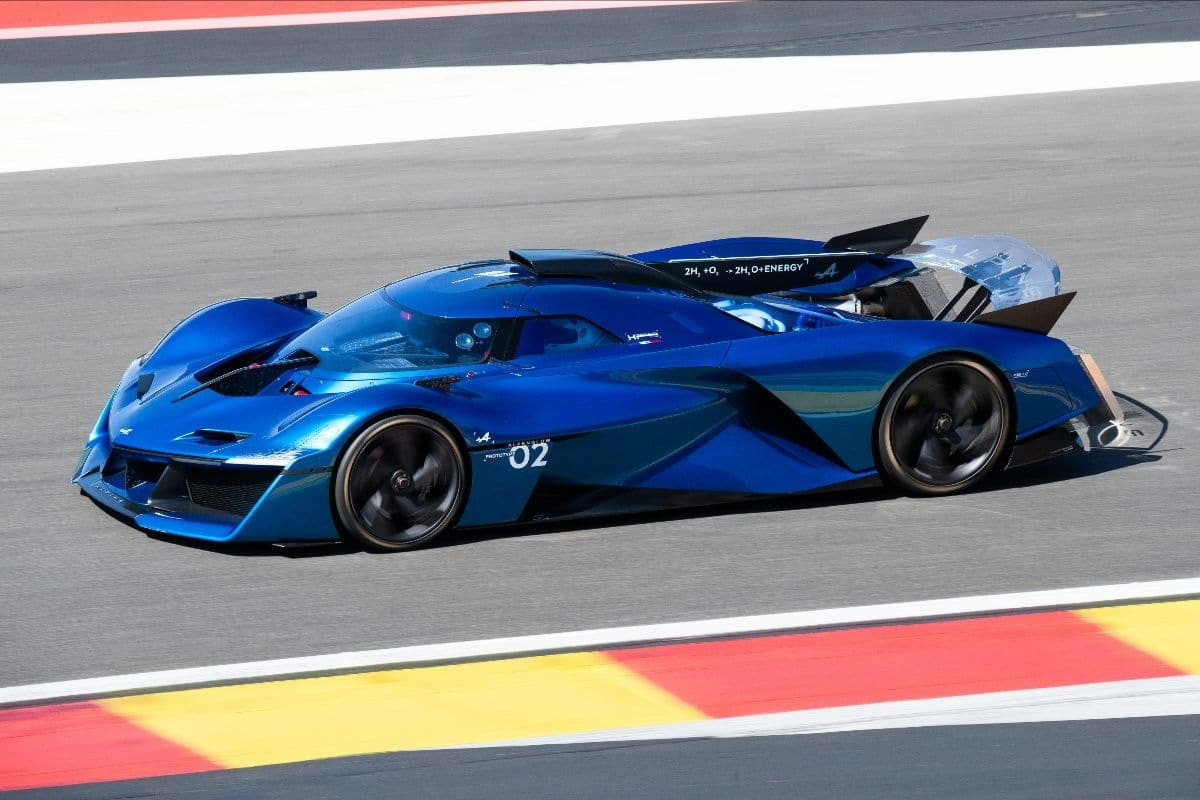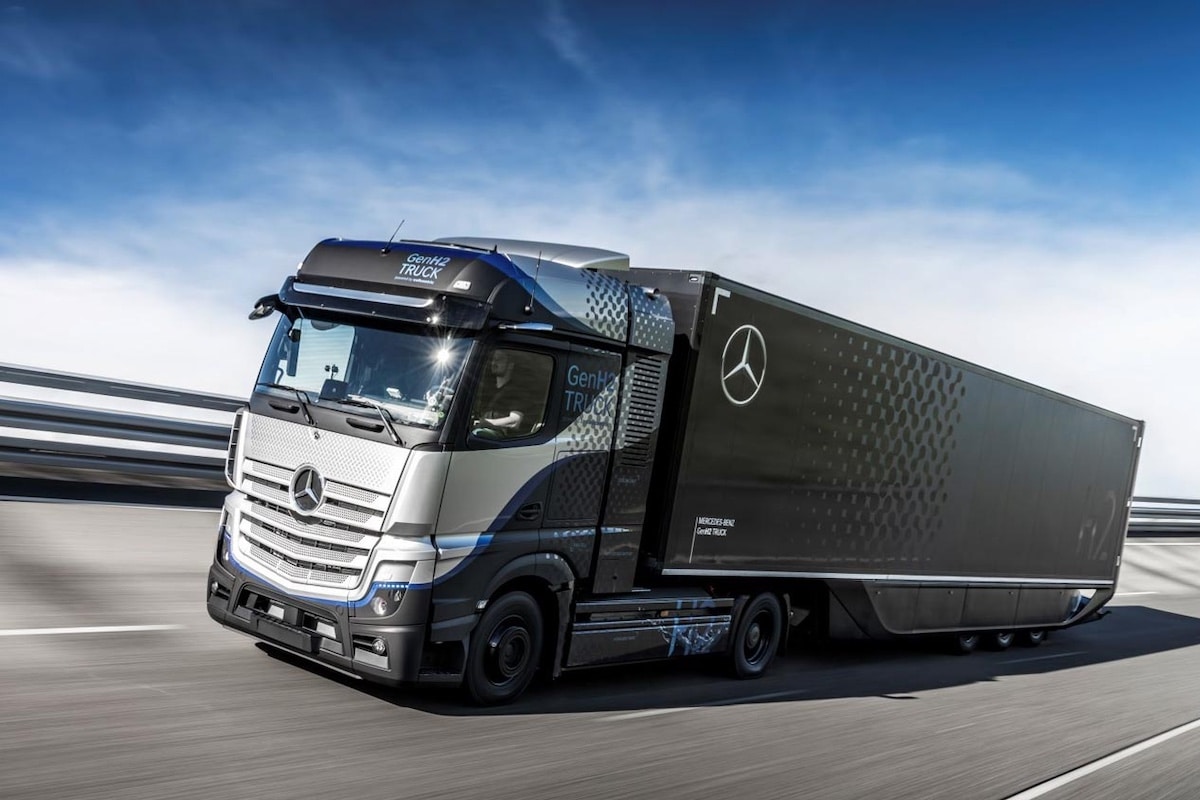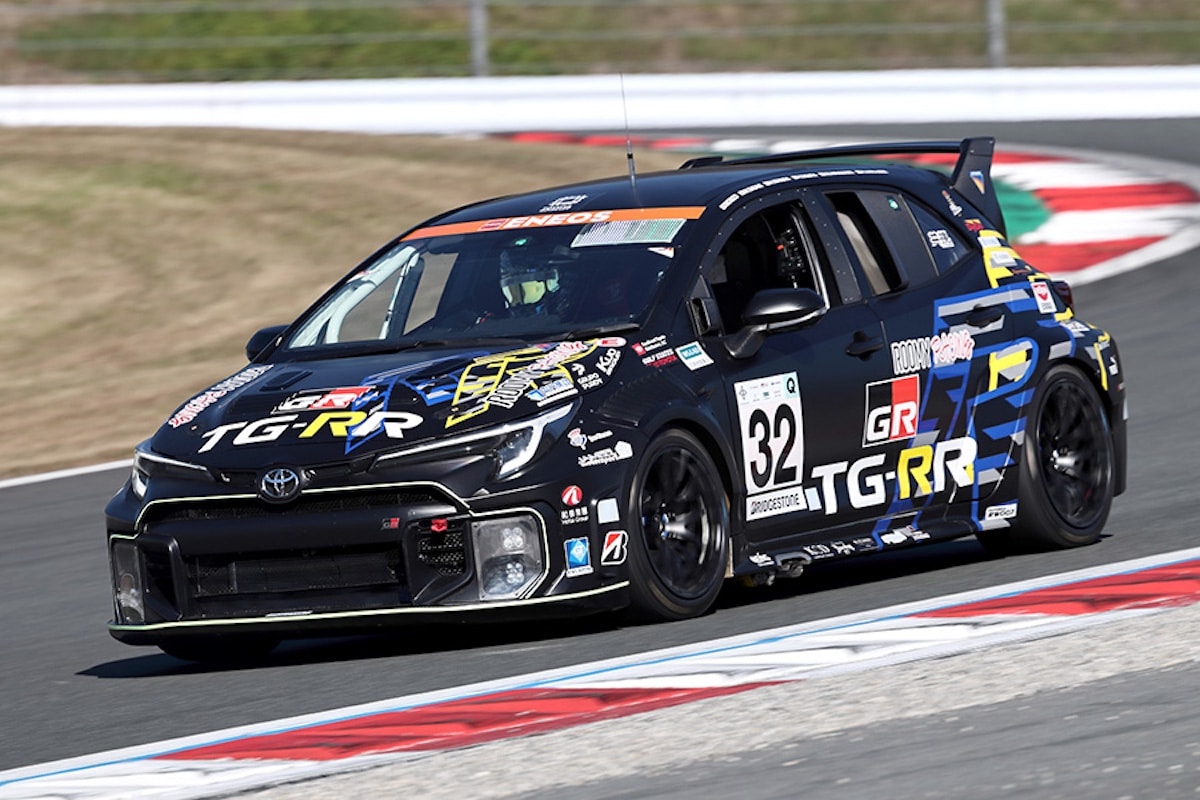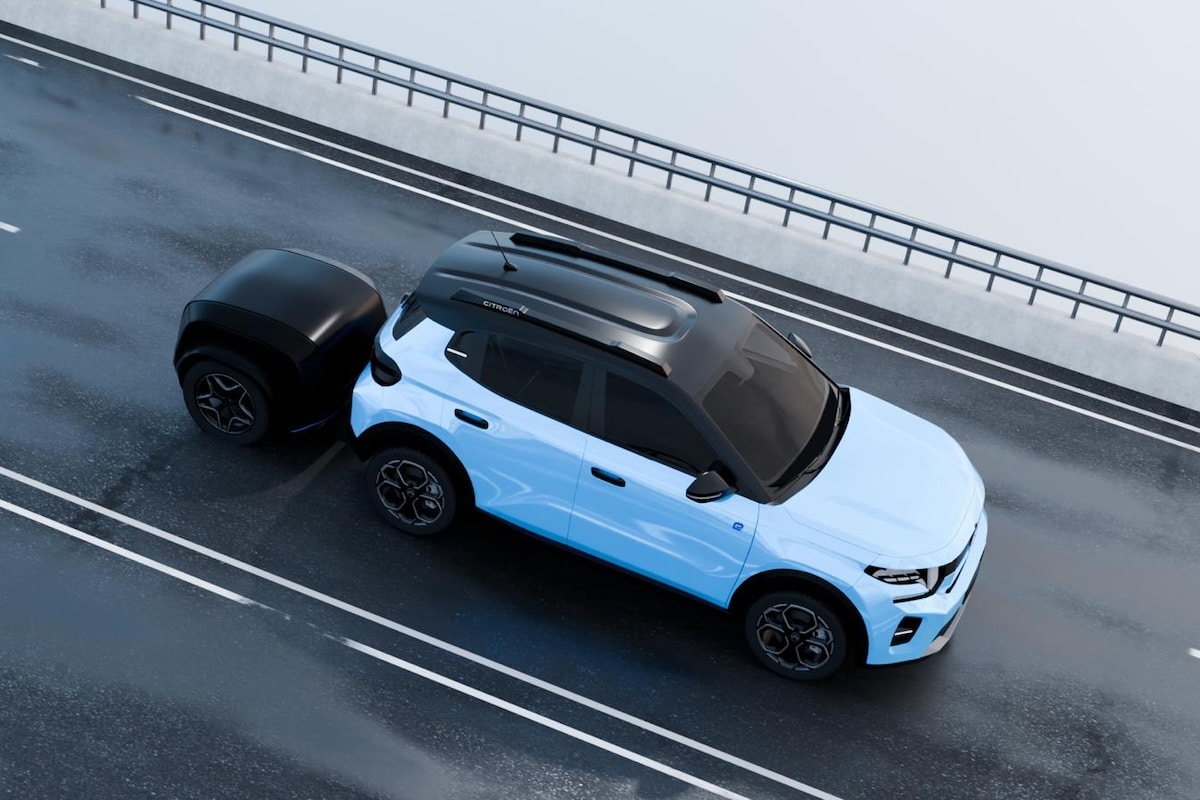The Alpine Alpenglow Hy6 exceeds 300 km/h!

Alpine made a strong impact at the 24 Hours of Le Mans 2025 with its hydrogen prototype Alpenglow Hy6.
While Alpine announced during the presentation of this marvel a top speed of 330 km/h, we have long learned to be wary of the announcements surrounding concept cars. However, reaching over 312 km/h in the Hunaudières straight, the Alpenglow has entered history in style. This public demonstration was anything but a promotional tour; it validates a groundbreaking technology and positions Alpine as a true rolling laboratory ready for competition.

Developed from a blank sheet by the engineers from Viry-Châtillon, in collaboration with Oreca, the V6 Hy6 engine is the centerpiece of the project. It is a 3.5-liter, 6-cylinder V engine open at 100°, twin-turbo, powered exclusively by gaseous dihydrogen (H₂). Designed for optimal hydrogen operation, this engine is based on a square architecture (95 mm bore / 82.3 mm stroke), allowing it to rev up to 9,000 rpm.
This V6 produces 740 horsepower at 7,600 rpm, yielding a specific power of 211 hp/l, a figure rarely reached even among the most advanced conventional thermal engines. The block is machined from aluminum, featuring a dry sump, cylinder heads with four valves per cylinder, and a valve train driven by overhead camshafts with a chain. A crankshaft with 20° offset pins ensures consistent ignition to limit vibrations and mechanical stress.
The combustion of hydrogen presents unique challenges: a high propensity for knock, the risk of pre-ignition, and flame instabilities. To tackle these, Alpine has developed a dedicated combustion chamber with indirect water injection to lower temperatures and contain NOx emissions. The engine’s fuel supply relies on high-pressure multipoint injection suitable for the low densities of H₂.
Hydrogen in competition, a future technology with high potential
Mounted on an LMP3-type carbon monocoque chassis, the prototype benefits from optimized aerodynamics, notably a raised rear wing and NACA air intakes. The engine, visible under a blue-tinted glass, is displayed like a technological sculpture, symbolizing an industrial turning point.


With this performance at Le Mans, Alpine demonstrates that hydrogen internal combustion is a credible solution for endurance racing, combining efficiency, power, and mechanical emotion. The Alpenglow Hy6 is no longer a concept car; it is a machine ready for racing. The three reservoirs of Alpenglow Hy6 store hydrogen in gaseous form (2.1 kg each) under high pressure of 700 bars. They are distributed in the side pontoons and at the rear of the cockpit, installed in ventilated and watertight compartments relative to the cockpit. A pressure regulator allows for a drop from 700 to 200 bars, before dropping to the pressure needed for direct injection into the combustion chamber.
Absolute safety is ensured through numerous measures. The composite bottles at 700 bars have valves installed for quick evacuation of fuel in case of fire, hydrogen presence sensors monitor continuously, a very strict starting procedure is in place with many checks, and finally, a color-coded system alerts the driver and rescue services according to the urgency level of each type of incident.
ALSO READ: Toyota unveils its Liquid Hydrogen Hypercar
This page is translated from the original post "L’Alpine Alpenglow Hy6 passe la barre des 300 km/h !" in French.
We also suggestthese articles:
Also read







